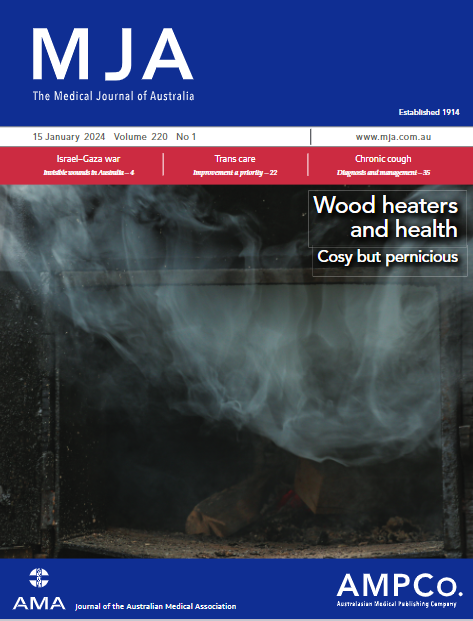Assessment of metabolic dysfunction-associated fatty liver disease in primary care: a consensus statement summary
Abstract
Introduction
Metabolic dysfunction-associated fatty liver disease (MAFLD) is common. This evidence-based consensus statement summary provides recommendations for the assessment and monitoring of adults with MAFLD in primary care.
Main recommendations
Adults with type 2 diabetes, obesity or two or more other metabolic risk factors should be tested for MAFLD. Hepatic steatosis should be evaluated using ultrasound, whereas the presence and complications of type 2 diabetes and obesity should be assessed according to current Australian guidelines. Cardiovascular disease, chronic kidney disease and obstructive sleep apnoea are common in people with MAFLD and should be considered as part of a holistic health assessment. Alternative causes of hepatic steatosis, including excess alcohol consumption, must be considered, and patients with elevated serum aminotransferase levels should be tested for hepatitis B and C infection and iron overload. The risk of advanced liver fibrosis requires assessment using the Fibrosis-4 (FIB-4) Index; a low score (< 1.3) is associated with a more than 95% negative predictive value for advanced liver fibrosis. People with an indeterminate FIB-4 score (between 1.3 and 2.7) should undergo second-line assessment with liver elastography or a direct liver fibrosis serum test or, if these tests are unavailable, should be referred to an expert clinician in liver disease. People with MAFLD and a high FIB-4 score (> 2.7), an elevated direct liver fibrosis serum test, high elastography results or with clinical, laboratory or imaging evidence of cirrhosis should be referred for further evaluation. Individuals with a low FIB-4 score (< 1.3), low elastography or direct liver fibrosis serum test results should be monitored with a repeat FIB-4 test at least every three years. Monitoring of weight, body mass index and/or waist circumference and for emergence of type 2 diabetes (in individuals without) should be performed at least annually.
Change in management as a result of this consensus statement summary
Appropriate identification, assessment and risk stratification of people with MAFLD will aid referral pathways, further investigation and management.


 求助内容:
求助内容: 应助结果提醒方式:
应助结果提醒方式:


